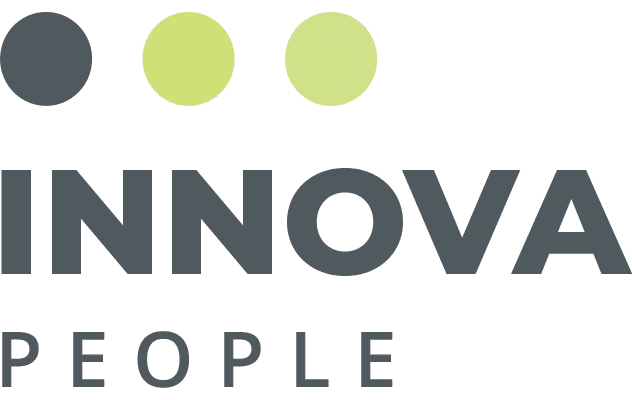Remote management has always had its own set of unique distance-related challenges, and with its recent surge during these uncertain times due to COVID-19, there are some added complexities as well.
Here are five tips for managers from Psychology Today on how to lead, manage, and inspire remotely:
- Communicate. The more, the better. As our new norm has become an unchartered environment where employees, contractors, and just about everyone else needs reassurance, have questions, and understandable uncertainty about the future, it only amplifies the need to communicate even more.
- Positive Attitude. Employees want management they can look up to and trust regardless if there’s a global pandemic happening or an economic boom. Leaders who project confidence and a calm, positive outlook are attributes that are now more valuable than ever. People want to feel safe and naturally respond to that.
- Credibility. A fundamental during uncertainty, credibility is at the top of the list. A positive attitude not tempered by realism lacks all credibility and trust. Leaving you and your employees with very little room for growth.
- Set Clear Expectations. In a period when so much is unclear, the value of managerial clarity is immeasurable. Thus, clear management expectations, both formal (the actual performance results expected) and informal (the everyday actions and behaviors desired), will likely be both necessary and appreciated.
- Stay Connected. Keeping remote workers and teams connected is an increasingly vital skill as the workforce has dispersed, and large numbers of people have become suddenly disconnected and cut off from normal social interactions. Regardless of the method used to connect (phone, video conferencing, text, email, etc.) so long as people feel in touch with one another consistently.
Strong management is often about consistency. In these times, it can help restore predictability in our currently unpredictable world. Contact us today if you are in need of a strong leader.




